In the previous tutorial, we have learned how to fetch One-to-One relationships using jOOQ. In this tutorial, we will learn how to fetch One-to-Many relationships using jOOQ.
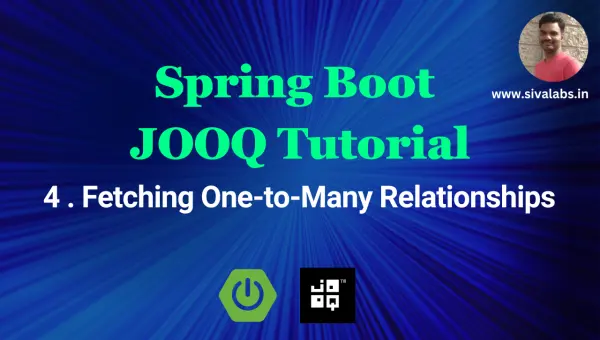
Java, Spring Boot, Microservices, Cloud and DevOps Tutorials

In the previous tutorial, we have learned how to fetch One-to-One relationships using jOOQ. In this tutorial, we will learn how to fetch One-to-Many relationships using jOOQ.
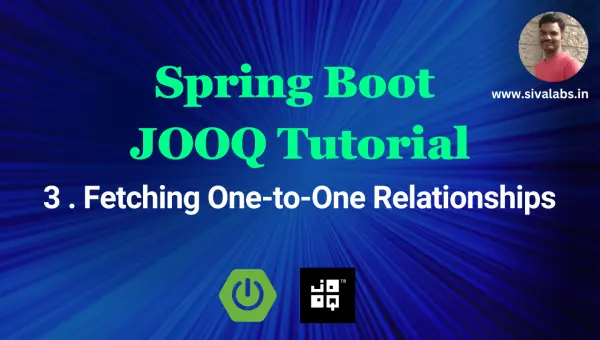
In the previous tutorial, we have learned how to implement basic CRUD Operations using jOOQ. In this tutorial, we will learn how to fetch One-to-One relationships using jOOQ.
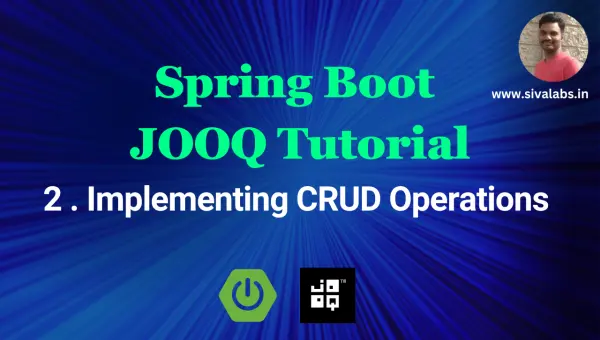
In the previous tutorial, we have seen how to generate jOOQ code using the testcontainers-jooq-codegen-maven-plugin and use jOOQ Typesafe DSL to execute SQL queries. In this tutorial, we will learn how to implement basic CRUD Operations using jOOQ.
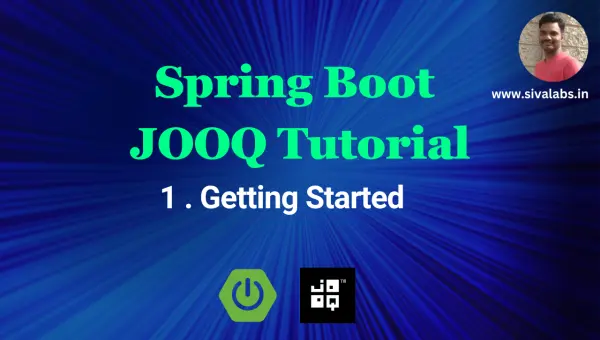
jOOQ is a Java persistence library that provides SQL DSL for writing typesafe SQL queries. It supports most of the popular databases like MySQL, PostgreSQL, Oracle, SQL Server, and many more. In this tutorial, we will learn how to get started with jOOQ for implementing persistence layer in a Spring Boot application. You can also use jOOQ in other JVM based languages like Kotlin, Scala, etc.
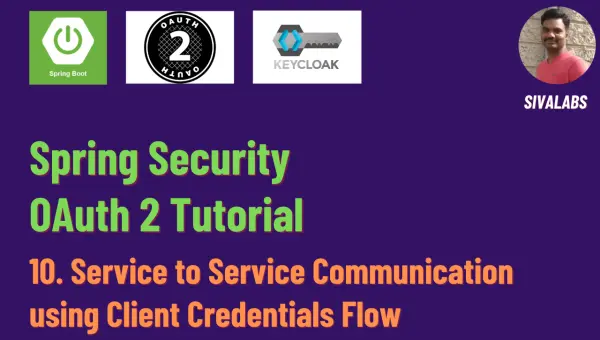
In this article, we will learn how to implement Service to Service Communication using Client Credentials Flow. We will create the archival-service in which we will use a scheduler job to invoke the messages-service APIs to archive the messages. For implementing this, we will use Client Credentials Flow.
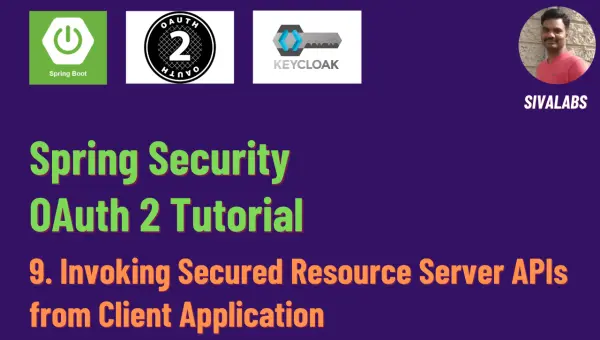
In the previous articles, we have created messages-webapp and messages-service and invoked API endpoints using Postman. In this article, we will learn how to invoke the secured messages-service API endpoints from the Client application messages-webapp.
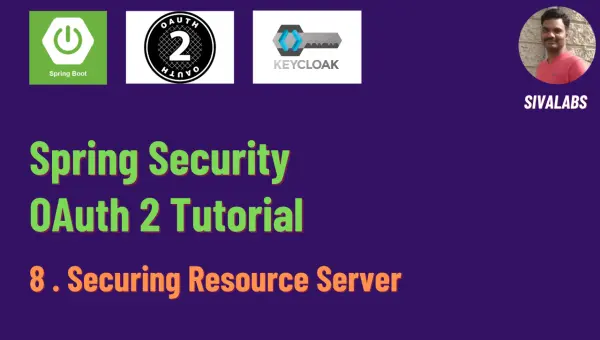
In the previous article, we have created messages-webapp and secured it with Spring Security OAuth 2.0 using Authorization Code Flow. In this article, we will create messages-service, which is a Spring Boot Resource Server, and secure it with Spring Security OAuth 2.0.
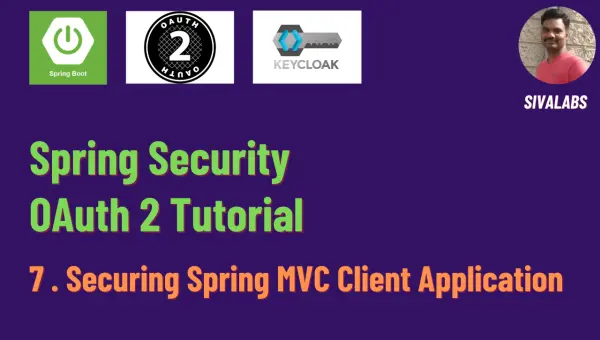
In this article, we will create messages-webapp which is a Spring MVC + Thymeleaf web application and secure it with Spring Security OAuth 2.0 using Keycloak.
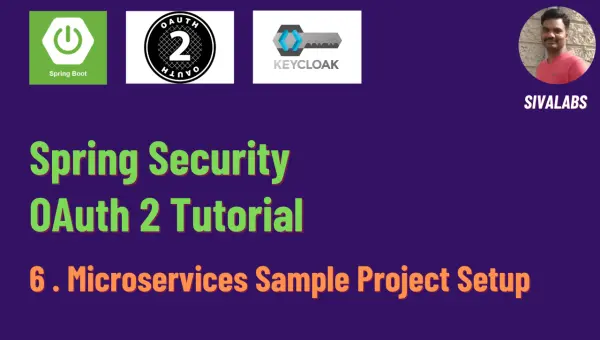
In the previous articles, we have learned about various OAuth 2.0 / OpenID Connect flows using web browser, cURL and Postman. Now it’s time to put what we have learned into practice. What better way to do that than to build a sample project?
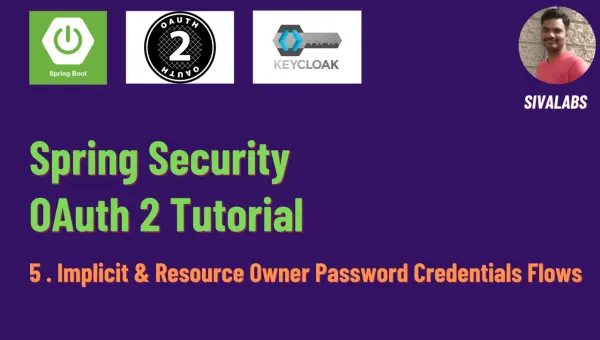
In the Part 4: OAuth 2.0 Authorization Code Flow with PKCE, we learned how to acquire access_token using Authorization Code Flow with PKCE.
In this article, we will explore how to use Implicit Flow and Resource Owner Password Credentials Flow.